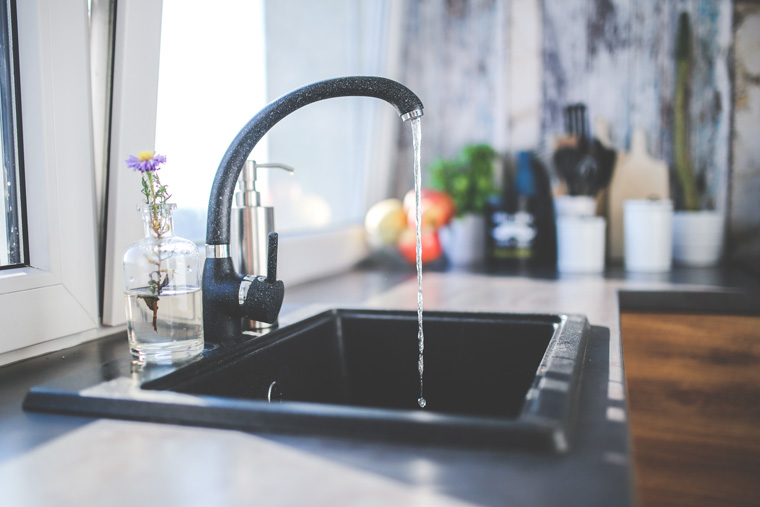The storm season is definitely one no one looks forward to. It’s just one season everyone hopes forgets to visit every year. But then again, it still comes bearing trouble. Talk about the havoc it does to homes. It destroys many homes commonly destroying pipes and gas lines.
In many cases, people have to evacuate their homes right before the storm. The best way to face a storm season is to be ready always. For starters, you can take a page from proven-and-tested tips on how to survive the storm. You definitely need those tips. And part of being prepared is getting your plumbing in order. Why? You face a bleak future if you don’t. Just imagine how much your daily living is affected if the bathroom and the sink are dysfunctional.
1. Inspect the drains
The first protection site against the storm is the drains. That’s why inspecting drains is very important. The job of the outdoor drains and the gutter is making sure water doesn’t get into the house even in the face of a storm.
This role can be impaired if the drains are blocked. Usually, they are blocked by debris, weed, small branches, and even trash. If you find such while inspecting get rid of them. This way you reduce the chances of having to fix a whole lot after the storm.
2. Close main water valve

Many people opt for this option when they are evacuating. Well, even if you’re not evacuating, this is a good tip for you. The first thing to do is try to locate where the main water valve is. Usually, this can be found in your home. After locating it the next line of action is closing it. One thing you sure don’t want is having the pipes burst. That would be a lot of work.
Things are even worse when the pipes burst in an industrial setting. In your home, you can easily locate the point and have it fixed. Locating the pipes that burst in an industrial setting becomes even way harder.
That’s why piping for industrial use should be not be taken lightly. Extra attention should be paid to the materials used. Exterior pipes, for one, can spell a lot of trouble for the production, not to mention money down the drain. Make sure your water main valves are located well ahead of the tempest.
3. Check if your sump pump is working
If you have a sump pump in your home then that’s great. A sump pump also does a great job when it comes to getting rid of the water as soon as it comes in. But if your sump pump is not working then what’s the point?
What you can do is get some water and pour it inside the drain. Then watch the pump turn on. Usually, it would start working when the water reaches a particular level. If that’s not the case then there’s a possibility something is blocking the float. You have to get rid of whatever it is for it to work. Or better still just get plumbing services to help check it out.
Well, those are some major ways to prep your plumbing for the storm. After the storm, you still have some work to do. Like checking if there is any blockage in the drains. Or if there are any burst pipes. That way, you can call for help with fixing the pipes.

